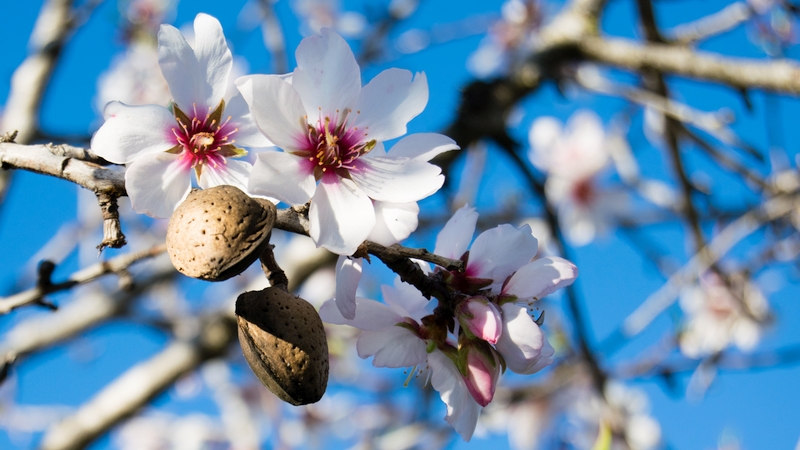Ag Officials Track Laurel Wilt Disease To South Florida
The Florida Department of Agriculture and Consumer Services (FDACS) has positively identified the presence of laurel wilt disease, a destructive disease of redbay, avocado and other trees in the laurel family (Lauraceae), on three swamp bay trees in south Miami-Dade County. State and federal agriculture officials are working with the industry and UF/IFAS to determine procedures for enhanced trapping and disease management. Planning is also under way to conduct aerial surveys of the area, an effective tool for identifying additional symptomatic trees.
“The discovery of the redbay ambrosia beetle last year was a likely harbinger that laurel wilt disease was not far behind,” said Dr. Wayne Dixon, Director of the Florida Department of Agriculture and Consumer Services Division of Plant Industries. “Our staff, along with our federal partners, has been conducting intensive trapping throughout the state with increased trapping efforts around Florida’s economically important avocado industry,” added Dixon.
Florida Agriculture Statistics reports the avocado industry represents nearly $13 million to the local economy, with more than 6,773 production acres in Miami-Dade County, with some acreage in Collier County.
Since the 2002 U.S. arrival of the beetle, and the disease in 2004, laurel wilt has spread quickly throughout the southeastern U.S., destroying high numbers of bay trees. The disease has also infected a considerable number of residential avocado trees, primarily in North Florida.
In March 2010, plant inspectors found the redbay ambrosia beetle, the insect that carries laurel wilt disease, during routine trapping efforts in Miami-Dade County.
For more information and to view a video on laurel wilt disease, click here.
Source: FDACS news release









